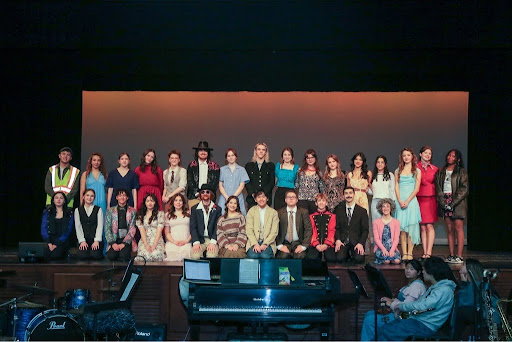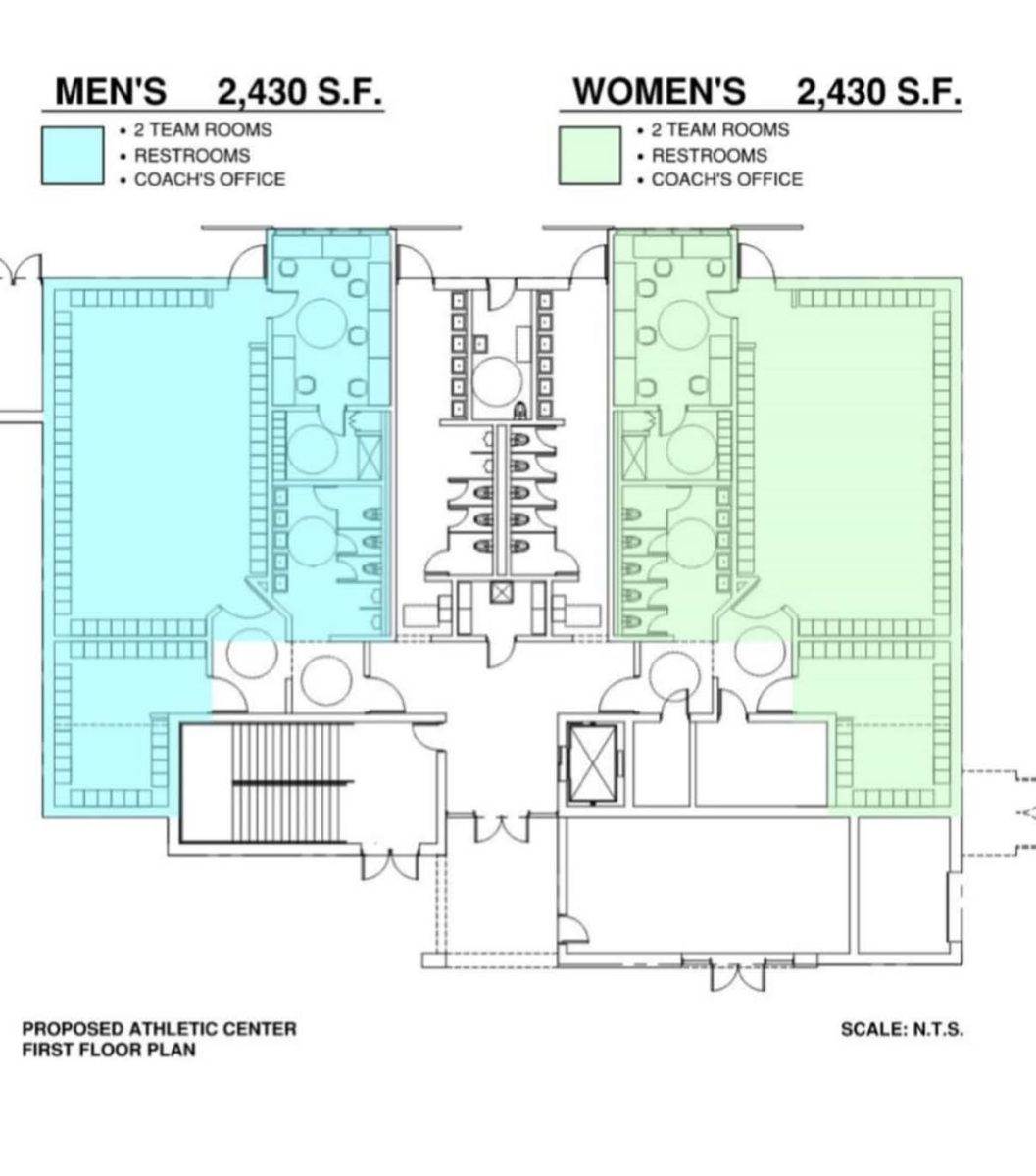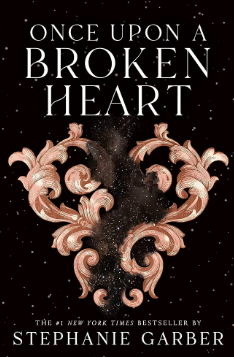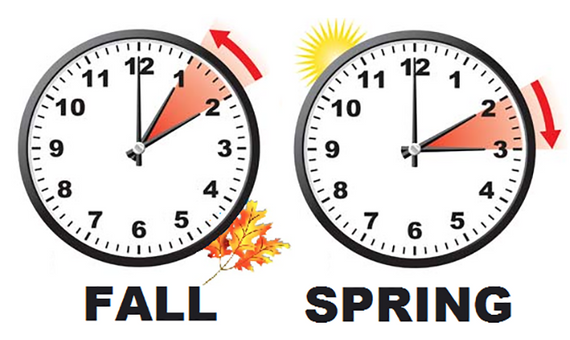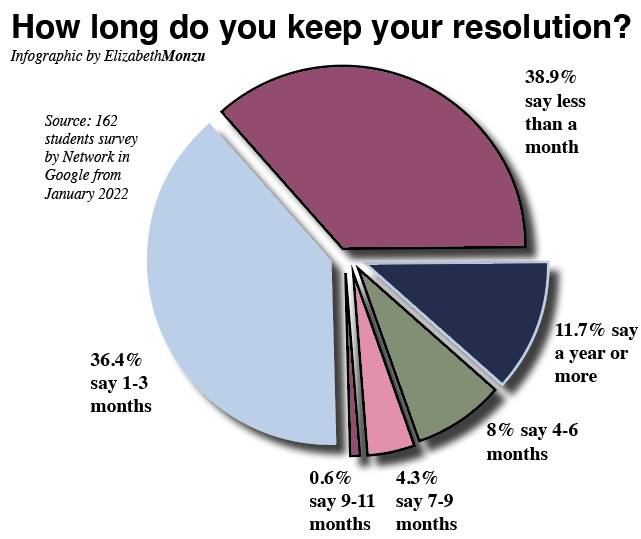“The Backrooms (Found Footage)” was posted on Youtube by content creator Kane Pixels on January 7, 2022 and it has since amassed 65 million views. This impressive short film follows a teenager who is initially filming his friends for a movie/skit and then suddenly falls through the ground as he is walking backwards to find himself in an odd maze. The walls of the maze feature a yellow, decaying wallpaper and it is lit by the dingy glow of ceiling lights which would typically be found in an office space. Camera in-hand, the boy fearfully travels through this apparently endless dimension in which no other life exists—or so it seems.
Due in major part to this video and the subsequent episodes of this series, the pre-existing concept of The Backrooms (which had first emerged in 2019) became an internet-wide phenomenon; countless content creators began to animate their own versions of this dream-like world, as the protagonists would travel through an endless array of “levels”, each containing their own unique inhabitants, and millions upon millions of viewers—including myself—were enthralled in these videos.

Many short films have achieved the same (and greater) levels of success as Kane Pixel’s project, but very few have also been able to cultivate such a large, active and passionate community of inspired creatives. So, what has made this nine-minute video so captivating? The answer traces back to a genre of photography buried far below the mainstream; that of liminal spaces.
Liminal spaces
A “liminal space” can be literally defined as a place that someone will pass through when traveling from one destination to another. Accordingly, liminal photography is usually set in locations like the hallway of a hotel or subway stations. More generally, though, this term has served as a classification of moody photography that gives the viewer an unusual sense of nostalgia. These pictures often feature saturated colors, intentional blur and photo grain, and depictions of unusual architecture and sights in nature.
As mentioned above, an interesting aspect of liminal photography is that it can cause the viewer to experience tremendous nostalgia. For instance, the imagery of indoor playgrounds, backyard swing sets and old-fashioned furniture that one may see during a visit to his/her grandparents’ house allows the viewer to look through the lens of a child—and revive the sounds, smells and sights of his/her past.

Overall, photography of liminal spaces derives its meaning from the powerfully emotional and personal experience that it may provide. Media from this genre is known to evoke long-forgotten memories as well as feelings so vivid that the viewer will almost believe that they are actually present in the liminal space shown. This can easily be recognized as the driving force of the unprecedented recent impact of The Backrooms.
Birth of a modern, virtual myth
The original image of The Backrooms, which was posted to a thread on the platform 4Chan, checks all of the important boxes of liminal imagery: uninhabited? Check. Abnormal setting? Check. Provokes an emotional response? Check.
In the original post, The Backrooms is characterized as “approximately six hundred million square miles of randomly segmented empty rooms”, where “the stink of old moist carpet” is inescapable, the ever-present “mono-yellow” of the wallpaper is maddening and “the endless background noise of fluorescent lights at maximum hum-buzz” occupies every inch of this nightmarish alternate dimension.

Users who came across the post were immediately immersed in the image; by merely looking at the picture, 4Chan users could practically hear the persistent drone of the ceiling lights and feel their feet on the carpet floor.
Ultimately, this image and the idea of The Backrooms were able to rise from the depths of an obscure social platform to the frontline of mainstream media by combining what is familiar and comforting to many with the unfamiliar and strange. This picture captivated internet users from the moment that it was posted to 4Chan and it continues to captivate people today for the glimpse that it gives into an imaginary, nostalgia-ridden realm.
The future for liminal spaces and The Backrooms
Both the Backrooms and liminal spaces have cemented themselves in the modern media sphere as a result of Kane Pixels’ groundbreaking series. Artists—such as myself—constantly derive inspiration from the thought-provoking, fascinating worlds captured by liminal photography, and Kane is currently in the process of transforming his version of The Backrooms into a high-budget film with major TV/movie producer A24. When this must-watch releases, I would enthusiastically recommend checking it out to anyone who is even slightly interested in exploring the peculiar world of liminal spaces.

Works Cited


